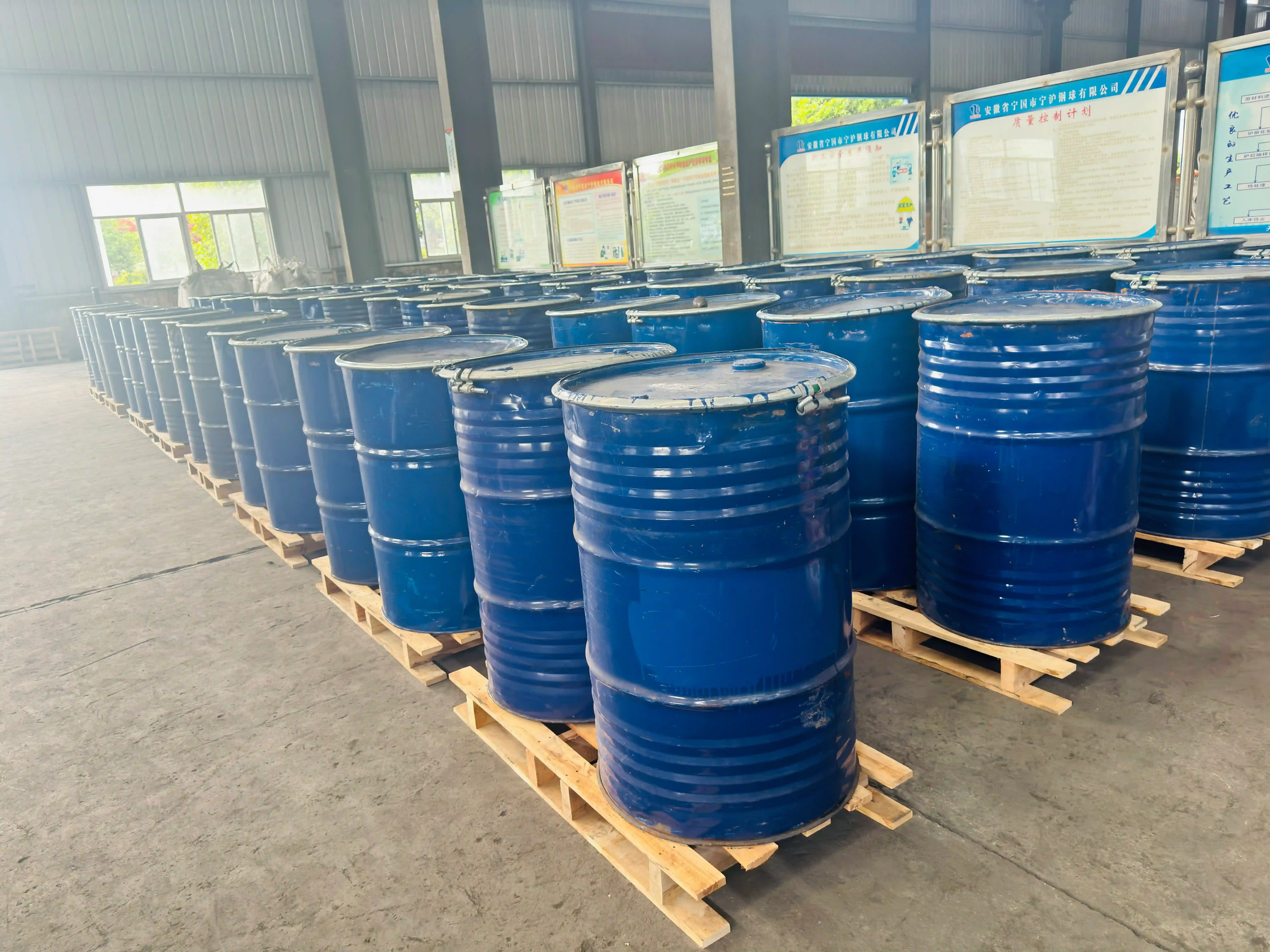In the world of industrial processing, grinding media steel balls play a pivotal role in transforming raw materials into valuable resources. These unassuming spheres are the unsung heroes of industries ranging from mining to cement production, enabling efficient size reduction and material refinement. In this comprehensive guide, we'll delve into the intricate world of grinding media steel balls, exploring their nature, selection criteria, and the myriad benefits they offer to various industrial applications.

What Are Grinding Media Steel Balls?
Grinding media steel balls are spherical components used in ball mills and other grinding equipment to crush, grind, and pulverize materials. These balls are typically manufactured from high-quality carbon steel, alloy steel, or stainless steel, depending on the specific application requirements. Their primary function is to reduce the size of particles through impact and attrition within the grinding chamber.
The composition of grinding media steel balls can vary, with some containing additional elements such as chromium to enhance hardness and wear resistance. High chrome grinding balls, for instance, offer superior durability in highly abrasive environments. The size of these balls can range from a few millimeters to several inches in diameter, with the choice depending on the desired fineness of the end product and the characteristics of the material being processed.
In operation, as the mill rotates, the steel balls cascade and tumble, creating a grinding action that breaks down the material. This process continues until the desired particle size is achieved, making grinding media steel balls indispensable in industries that require fine particle production, such as:
- Mining and mineral processing
- Cement manufacturing
- Power generation
- Chemical production
- Ceramic industry
The effectiveness of grinding media steel balls lies in their ability to withstand repeated impact and abrasion while maintaining their shape and size. This durability ensures consistent performance over extended periods, contributing to the efficiency and cost-effectiveness of grinding operations.
How to Choose the Best Steel Balls for Grinding
Selecting the optimal grinding media steel balls for your specific application is crucial for maximizing efficiency and product quality. Several factors come into play when making this decision:
Material Composition
The composition of the steel balls significantly influences their performance and longevity. Options include:
- Carbon Steel Balls: Offer good wear resistance and are cost-effective for general applications.
- Alloy Steel Balls: Provide enhanced hardness and durability, suitable for more demanding grinding tasks.
- Stainless Steel Balls: Ideal for applications requiring corrosion resistance or where contamination is a concern.
- High Chrome Steel Balls: Excellent for highly abrasive materials, offering superior wear resistance.
The choice of material should align with the characteristics of the substance being ground and the desired end product quality.
Size and Gradation
The size of grinding media steel balls affects the efficiency of the grinding process and the fineness of the end product. Larger balls are typically used for coarse grinding, while smaller balls are employed for fine grinding. A well-designed ball charge often includes a range of sizes to optimize grinding efficiency.
Consider the following when selecting ball sizes:
- The initial size of the feed material
- The desired fineness of the end product
- The mill's dimensions and operating conditions
Proper gradation of ball sizes can enhance grinding efficiency by ensuring optimal energy transfer and minimizing over-grinding.
Hardness and Toughness
The hardness of grinding media steel balls is crucial for their wear resistance and longevity. However, extremely hard balls may be brittle and prone to fracturing. Balancing hardness with toughness is essential for optimal performance and safety.
Factors influencing the choice of hardness include:
- The hardness of the material being ground
- The desired wear rate of the balls
- The potential for ball breakage in the mill
Surface Finish
The surface finish of grinding media steel balls can affect their performance and the quality of the ground product. A smooth surface finish can reduce wear and minimize contamination, while a slightly textured surface may enhance grinding efficiency in certain applications.
Manufacturer Reputation and Quality Control
Choosing a reputable manufacturer like NINGHU ensures consistent quality and performance of grinding media steel balls. Look for suppliers with robust quality control processes and a track record of reliability in the industry.
Benefits of Using Quality Grinding Media Steel Balls
Investing in high-quality grinding media steel balls offers numerous advantages that can significantly impact your operational efficiency and product quality:
Enhanced Grinding Efficiency
Superior grinding media steel balls can dramatically improve the efficiency of your milling process. Their optimal hardness and toughness allow for more effective size reduction, potentially reducing grinding time and energy consumption. This increased efficiency can lead to higher throughput and lower operational costs.
Consistent Product Quality
Quality grinding media steel balls maintain their shape and size over extended periods, ensuring consistent grinding performance. This uniformity translates to more predictable and reliable product quality, which is crucial in industries with strict specifications for particle size and distribution.
Reduced Contamination
High-quality steel balls, especially those made from stainless steel or high-chrome alloys, minimize the risk of contamination in the ground product. This is particularly important in industries such as pharmaceuticals, food processing, and advanced materials manufacturing, where product purity is paramount.
Lower Wear Rate and Longer Lifespan
Premium grinding media steel balls exhibit superior wear resistance, resulting in a slower wear rate and extended lifespan. This longevity reduces the frequency of ball replacements, leading to lower material costs and decreased downtime for maintenance.
Improved Energy Efficiency
The use of optimally sized and graded grinding media steel balls can enhance the energy efficiency of the milling process. By ensuring efficient energy transfer and minimizing over-grinding, quality balls can contribute to significant reductions in power consumption.
Cost Savings
While high-quality grinding media steel balls may have a higher upfront cost, their superior performance and longevity often result in substantial long-term savings. Reduced energy consumption, lower replacement frequency, and improved product quality all contribute to a more favorable cost-benefit ratio over time.
Enhanced Safety
Quality grinding media steel balls are less prone to breakage or spalling, reducing the risk of equipment damage and potential safety hazards associated with ball fragmentation. This enhanced safety profile can contribute to a more secure working environment and reduced likelihood of unplanned downtime.
Versatility
High-quality grinding media steel balls often offer greater versatility, allowing for their use across a wider range of applications and materials. This flexibility can be particularly beneficial for operations that process various types of materials or frequently adjust their grinding parameters.
In conclusion, grinding media steel balls are indispensable components in numerous industrial processes, playing a crucial role in material size reduction and refinement. The selection of appropriate grinding media is a nuanced process that requires careful consideration of multiple factors, including material properties, operational conditions, and desired outcomes. By choosing high-quality grinding media steel balls and optimizing their use, industries can achieve significant improvements in efficiency, product quality, and overall operational performance.
As the demand for finer materials and more efficient processing continues to grow across various sectors, the importance of selecting the right grinding media cannot be overstated. Whether you're in mining, cement production, or any industry that relies on particle size reduction, investing in premium grinding media steel balls is a decision that can yield substantial benefits in both the short and long term.
For more information on how to optimize your grinding processes with high-quality grinding media steel balls, don't hesitate to reach out to our team of experts at sales@da-yang.com or sunny@da-yang.com. We're here to help you unlock the full potential of your grinding operations and drive your business forward.
References
- Johnson, R. (2021). "Advanced Materials in Grinding Media: A Comprehensive Review"
- Zhang, L. et al. (2020). "Optimizing Ball Mill Performance: The Role of Grinding Media Selection"
- Smith, A. (2022). "Energy Efficiency in Mineral Processing: The Impact of Grinding Media Quality"
- Brown, T. (2019). "Innovations in Steel Ball Manufacturing for Industrial Grinding Applications"
- Lee, S. and Park, J. (2021). "Comparative Analysis of Grinding Media Materials: Steel vs. Ceramic"
- Wilson, M. (2023). "The Future of Grinding Media: Trends and Developments in Steel Ball Technology"








